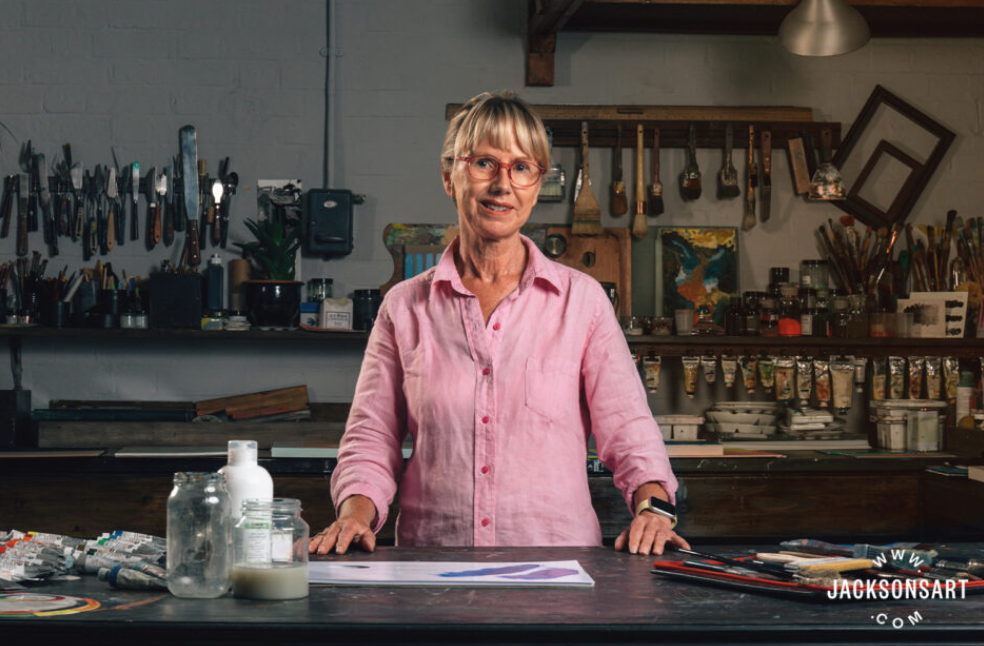In March this year I was invited by MSP Siobhan Brown and MSP Ruth Maguire to show my work at Holyrood in the Scottish Parliament Buildings in Edinburgh.
The exhibition hosted by Ruth Maguire and supported by da Vinci Artists Brushes consisted of a series of paintings on steel accompanied by a short film about the inspiration behind my work. The film: The Art of Life: An Embodied Inquiry was sponsored by Imperial College London and Fact Not Fiction Films.
Originally, this event was scheduled for Spring 2023, however, due to the sudden loss of my father and then my dearest uncle, I postponed the exhibition in order to allow me time to care for him until the end of his life.
Aside from being a bookbinder and a talented musician, my uncle was a metallurgist, as was my father who worked in the steel industry. In celebration of their lives, I decided to work with steel and exhibit the paintings in my homeland of Scotland.
One of the wider aims of the exhibition taking place at parliament was to highlight the importance of ensuring that we maintain our position in the UK as a global leader in genetics and genomic research.
In recent times, the landscape of debilitating conditions such as M.E. have undergone a transformation, with COVID-19 emerging as one of the most common triggers for this chronic illness. Scientists have now linked the two syndromes of Long Covid with M.E. (CFS). The intersection of these two health challenges alone has resulted in a significant increase in the number of people affected by M.E. now estimated to be more than 55 million worldwide. It is not only a matter of funding that is necessary to initiate treatment strategies in this area. Good scientific research proposals are vital, but for that to happen the medical community needs to wholly unite in order to break down misconceptions and stigmas surrounding M.E. (CFS) in society.
As an artist with an inherited interest in science, I have grown to understand the value of scientific research in an era where precision genomic medicine is capable of revolutionising the mainstream healthcare system.
The works were available for purchase and a percentage of sales donated to Moorfields Eye Charity & M.E Research UK.






